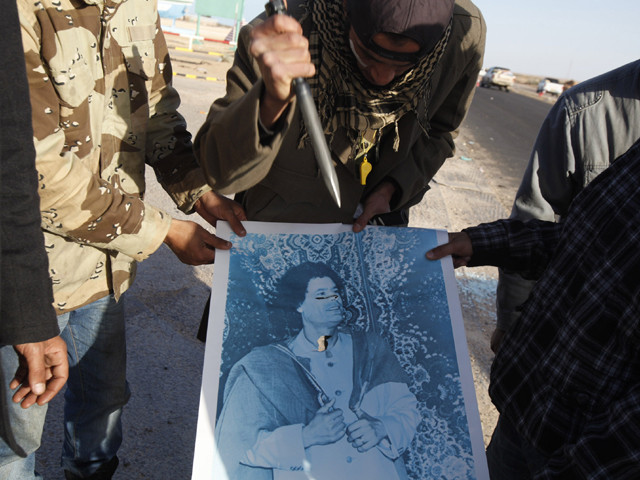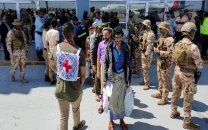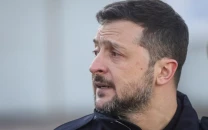Libya no-fly zone plan fraught with questions
US officials say proposed no-fly zone over Libya would have numerous logistical obstacles.

Admiral Mike Mullen, chairman of the US Joint Chiefs of Staff, warned last week that enforcing a no-fly zone in Libya would be "extraordinarily complex."
Others have pointed out that this would be an act of war and would likely require a United Nations resolution as a legal basis.
Analysts note that Libya is four times the size of Iraq, even if the population is concentrated along the coast. Any enforcement would require the use of AWACS radar aircraft, refueling tankers and warplanes to block radar and communications of Libyan aircraft.
Helicopters and rescue crews would also be needed to recover any pilots lost over the North African country.
Barry Watts of the Center for Strategic and Budgetary Assessments said this would require 50 to 70 aircraft operating each day.
"The bigger problem might be finding air bases close enough to operate," he said. "Italy comes to mind, but the Italians would have to approve it."
The warplanes used in a no-fly zone would need a land base or aircraft carrier. There is no carrier in proximity to Libya, although the USS Enterprise is in the Red Sea and the French carrier Charles de Gaulle is in the Mediterranean port of Toulon.
Britain and France have made the most aggressive calls among Western powers for a no-fly zone to hamper Libyan strongman Moamer Kadhafi's offensive. The United States has said it is studying the possibility while warning of the major military operation it would entail.
Colonel David Lapan, a Pentagon spokesman, said US military planners are examining what would be needed for a no-fly zone if President Barack Obama issues such an order.
"Military planners are looking at all the various options to be able to present to the president a full range, so they would look at sea-based assets, land-based assets, basically what it would take should that decision be made," Lapan said.
Defense Secretary Robert Gates said any no-fly operation "begins with an attack on Libya to destroy the air defenses. That's the way you do a no-fly zone."
Anthony Cordesman of the Center for Strategic and International Studies, a Washington think tank, said any such operation would have to quickly demonstrate superiority over Libyan forces.
"You wouldn't risk any US or other force simply being caught up in constant surface-to-air attacks and ambushes," he said.
"The problem is in enforcing something like this, you want to have a decisive act, you want to create a situation where there is no Libyan willingness to take risk or engage."
Libya has around 100 SA-2 anti-aircraft missiles designed in the 1950s and another 70 SA-6 missiles which are more recent, according to Globalsecurity.org.
Libya has around 300 warplanes, mostly Russian-made MIG-23s and MIG-25s, around half of which are not operational, according the security website.
Cordesman said a no-fly zone for fixed-wing aircraft is easier to implement than one that deals with attack helicopters "which are harder to track and attack."
But he said that Kadhafi's forces "could potentially suppress the rebels regardless of a no-fly zone."
Similar concerns about the effectiveness of a no-fly zone came from the US envoy to NATO, Ivo Daalder.
"No-fly zones are more effective against fighters but they really have a limited effect against his helicopters or the kind of ground operations that we've seen," he said.
"Which is why a no-fly zone, even if it were to be established, isn't really going to impact what is happening there today. That doesn't mean we shouldn't look at it," Daalder said in a conference call.



















COMMENTS
Comments are moderated and generally will be posted if they are on-topic and not abusive.
For more information, please see our Comments FAQ